The Rác Bath, owned by Rác Nosztalgia Kft., and the connected hotel building are being auctioned by the Nemzeti Reorganizációs Nonprofit Kft. (National Reorganisation Nonprofit). The company is responsible for liquidating the company that owns the building. According to the announcement, the bath complex at 8–10 Hadnagy Street at the foot of Gellert Hill will be auctioned between 26 March and 12 April. The starting bid is 5.1 billion HUF.
But how did the building come to this fate? One of the most beautiful spa buildings in Budapest, the Rác Bath was designed by Miklós Ybl. The story began in 2002 when the General Assembly of Budapest approved plans to renovate the spa and construct a hotel. The plans outlined the inclusion of private investors in the project. The Budapest-owned Budapest Gyógyfürdői és Hévizei Zrt. (BGYH) established Rác Nosztalgia Kft. to carry out the construction. Private investors held a 75% stake in the latter company through Rác Beruházó Kft., also created for this purpose.
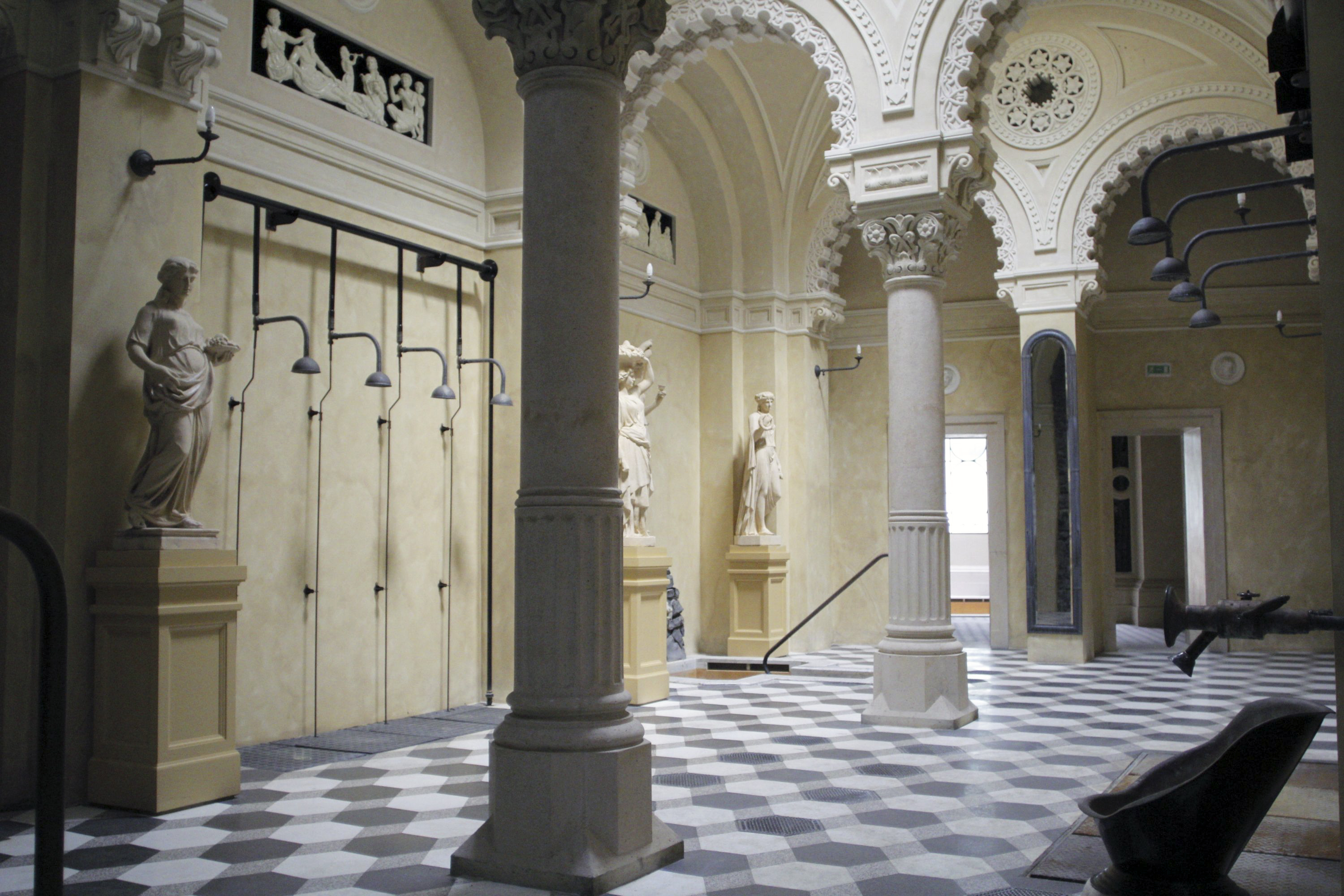
The beautiful interior of the spa in 2014 (Csilla Halász–József Őrfi–Zsófia Viczián, Ybl összes, 2014, Photo: Sára Timár)
In 2004, the state-owned Magyar Fejlesztési Bank (MFB) provided a 3.2 billion HUF loan for the work (and in 2008, it provided a further 2 billion HUF) to Rác Nosztalgia Kft. The company also won 750 million HUF in a tender announced by the National Tourism Office. However, the company defaulted on its loans, and in 2010 a financial dispute broke out between Rác Nosztalgia Kft. And BGYH Zrt. (Although, as mentioned, the BGYH owned 25% of the company). MFB then terminated the loan agreement with the company and BGYH Zrt. challenged the 2002 agreement in court.
Although reopening was initially planned for 2004, the renovation only started in 2005 and lasted until 2010. However, the spa never reopened, as the investment company declared bankruptcy in 2012, and the bath itself had been the security on the loan. The capital, which bought MFB's loans in 2012, finalised a bankruptcy settlement with Rác Nosztalgia Kft. in 2013. The contract would have seen Budapest take over the company that owned the bath, which in turn would have opened and operated the spa. However, the plans fell through, and liquidation proceedings were initiated against Rác Nosztalgia Kft. and Rác Beruházó Kft. in 2015. These started the following year.
Amid the financial and legal disputes, the Budapest General Assembly re-affirmed on 21 February 2018 that it would regain ownership of the spa from Rác Nosztalgia Kft. as part of the liquidation proceedings. The city allocated more than 7 billion HUF for this purpose in 2019, but the plan was lost in the elections.
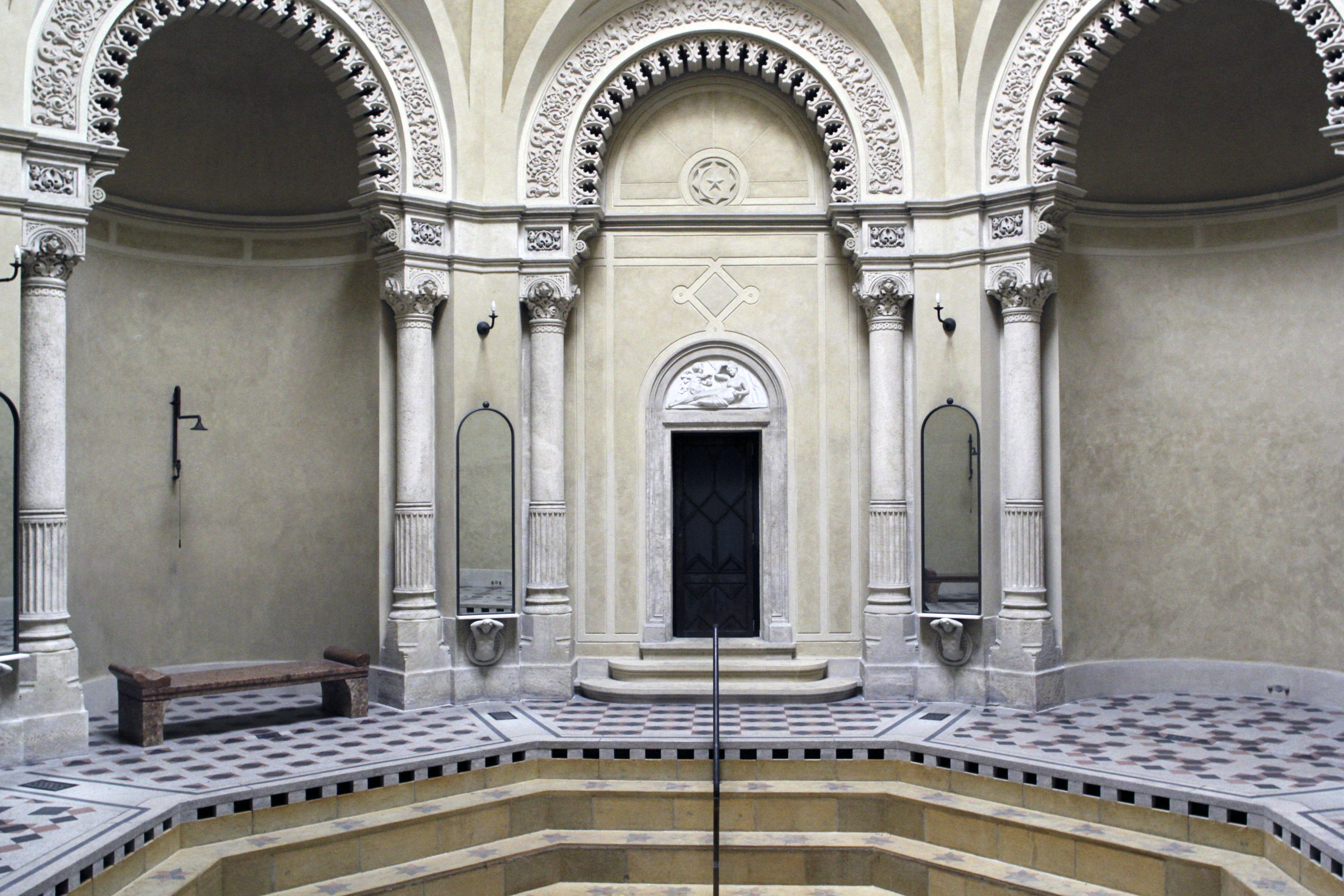
Inside the spa in 2014 (Csilla Halász–József Őrfi–Zsófia Viczián, Ybl összes, 2014, Photo: Sára Timár)
Based on the current auction announcement published on 11 March, the Hungarian State, the Councils of Budapest and the 1st District, as well as the capital-owned REK Rác Fürdő Eszközkezelő Kft. and Budapest Gyógyfürdői és Hévízei Zrt. (BGYH) have pre-emption rights to the property. In any case, the latter company is unavoidable, as BGYH Zrt owns the plot of the building complex. The owner of the Rác Bath and Hotel has the right to use the land.
The hotel building is also subject to a significant mortgage: up to 335 million HUF is owed to the Budapest City Council. Rác Beruházó Kft. is owed over 3,85 million Euro (about 1.4 bilion HUF).
Budapest Gyyógyfürdői és Hévizei is also owed enormous amounts, about 8.5 billion HUF in Euros and a further 94,2 million HUF.
According to the notice, the spa and hotel can only be purchased as a unit.
In the 1860s, the owner, Heinrich Johan Nepomuk, asked Miklós Ybl to rebuild the building of the Rác Bath, which was originally built in the Ottoman Era. The reconstruction happened in two phases, in 1864–1865 and 1869–1870. The third floor of the bath was torn down in the 19th century.
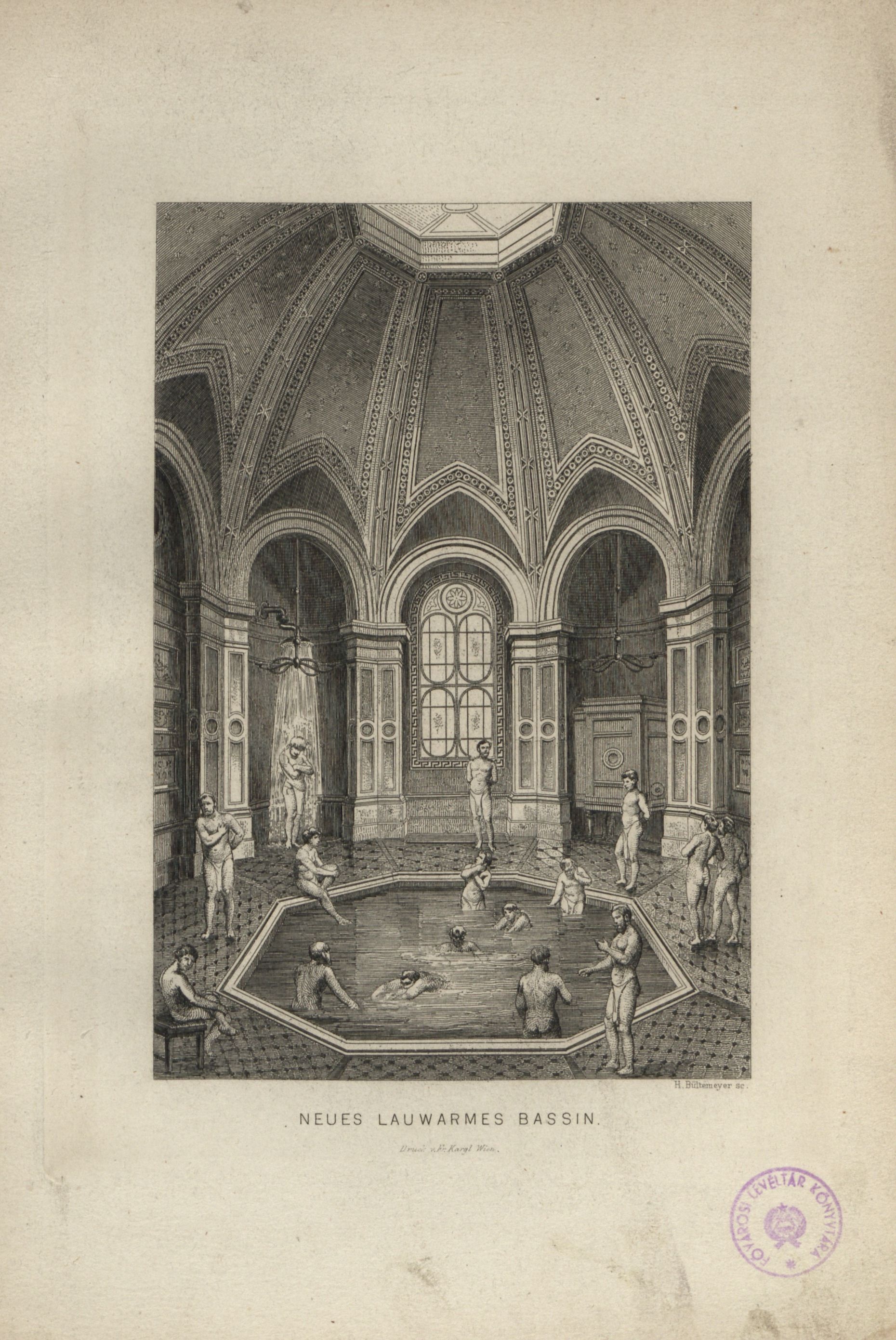
Contemporary depiction of the interior of the spa (Heinrich Johan Nepomuk: Raitzenbad in Ofen, Leipzig 1873.)

Rácz Bath in the 1890s (Source: FSZEK Budapest Collection)
The bath in Tabán took the name of Prince St. Emeric in 1931 when it was officially declared a spa. The building suffered severe damage in World War II. Then, in 1963, it was closed again because part of it was demolished due to the construction of the connection between Hegyalja Road and Erzsébet Bridge. The spa reopened in 1965 and operated until it closed in 2002.
Cover photo: The Rác Bath in 2014 (Source: Csilla Halász – József Őrfi – Zsófia Viczián: Ybl összes, photographed by Sára Timár)



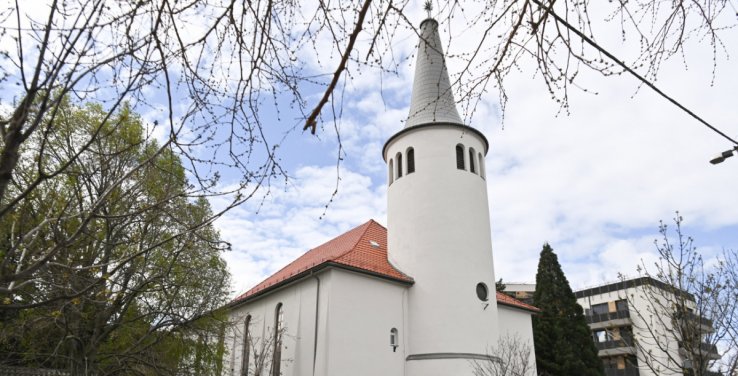
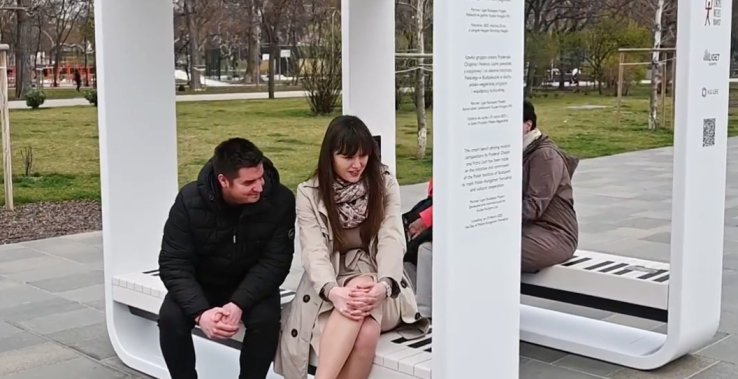

































Hozzászólások
Log in or register to comment!
Login Registration